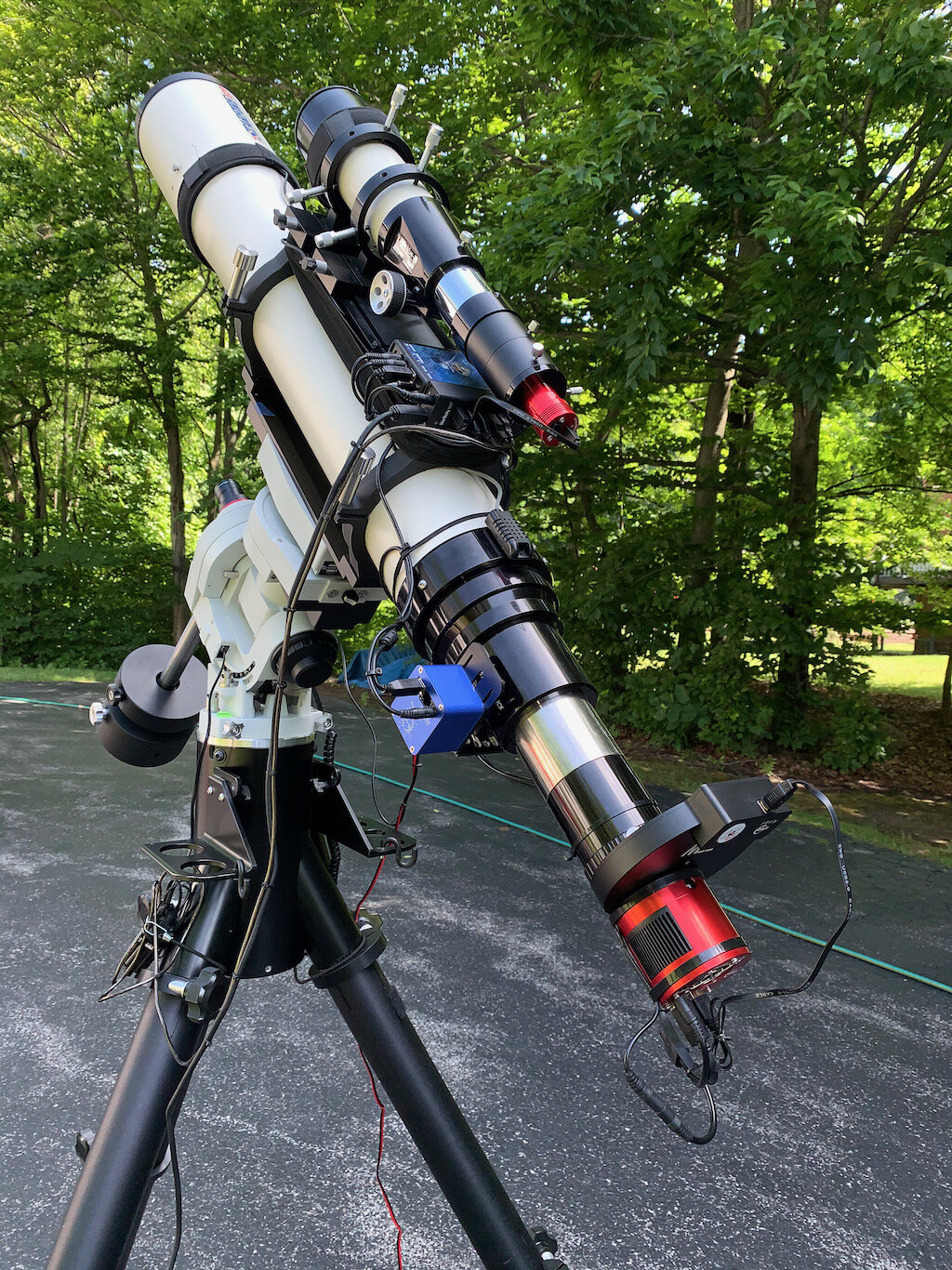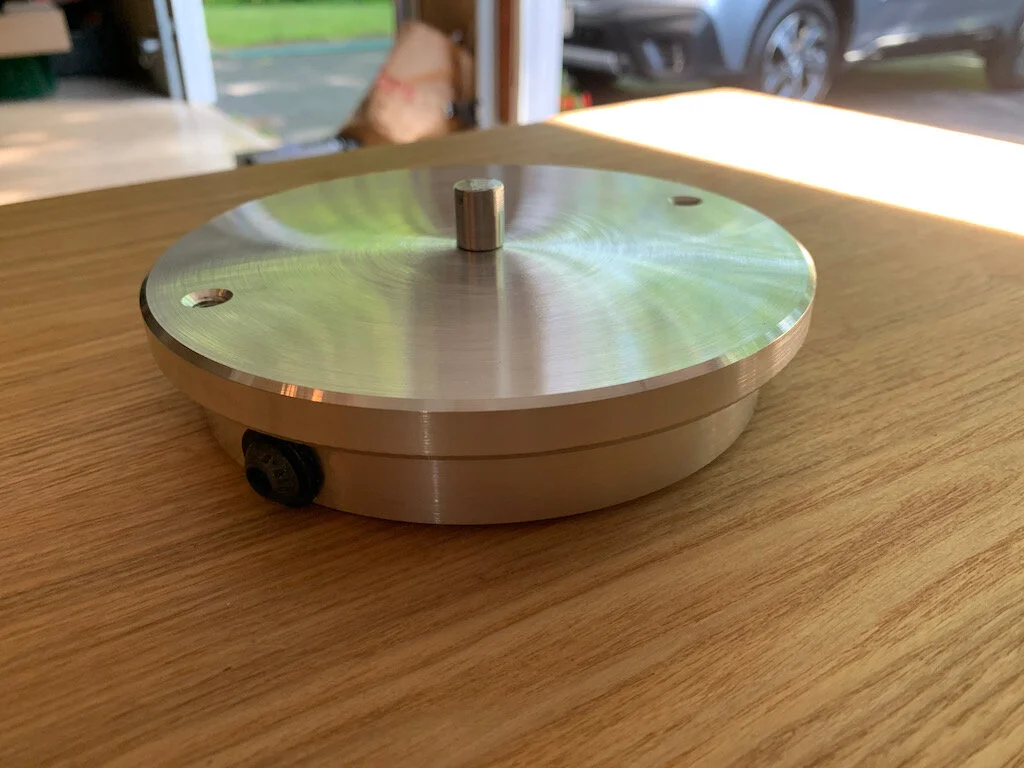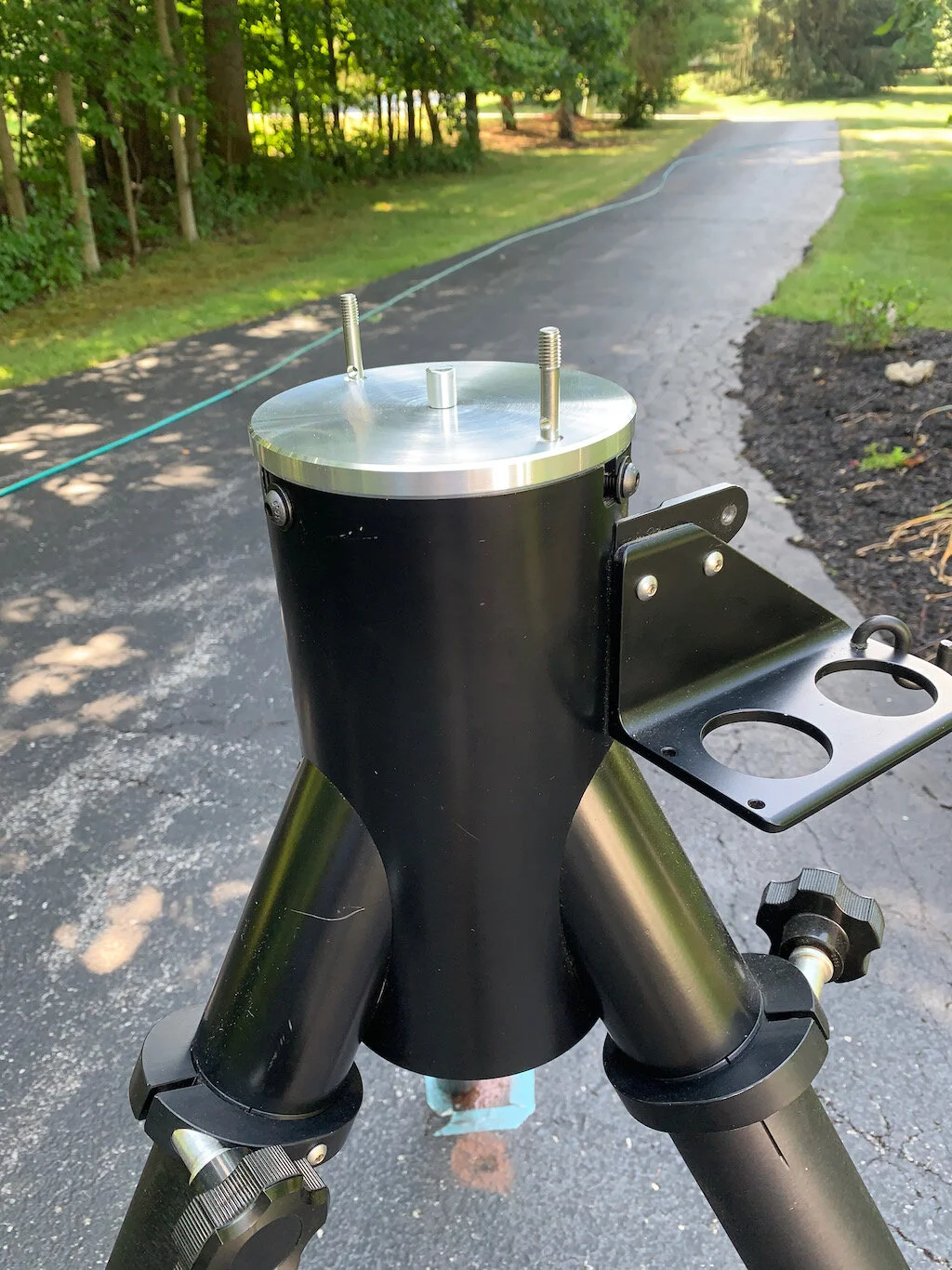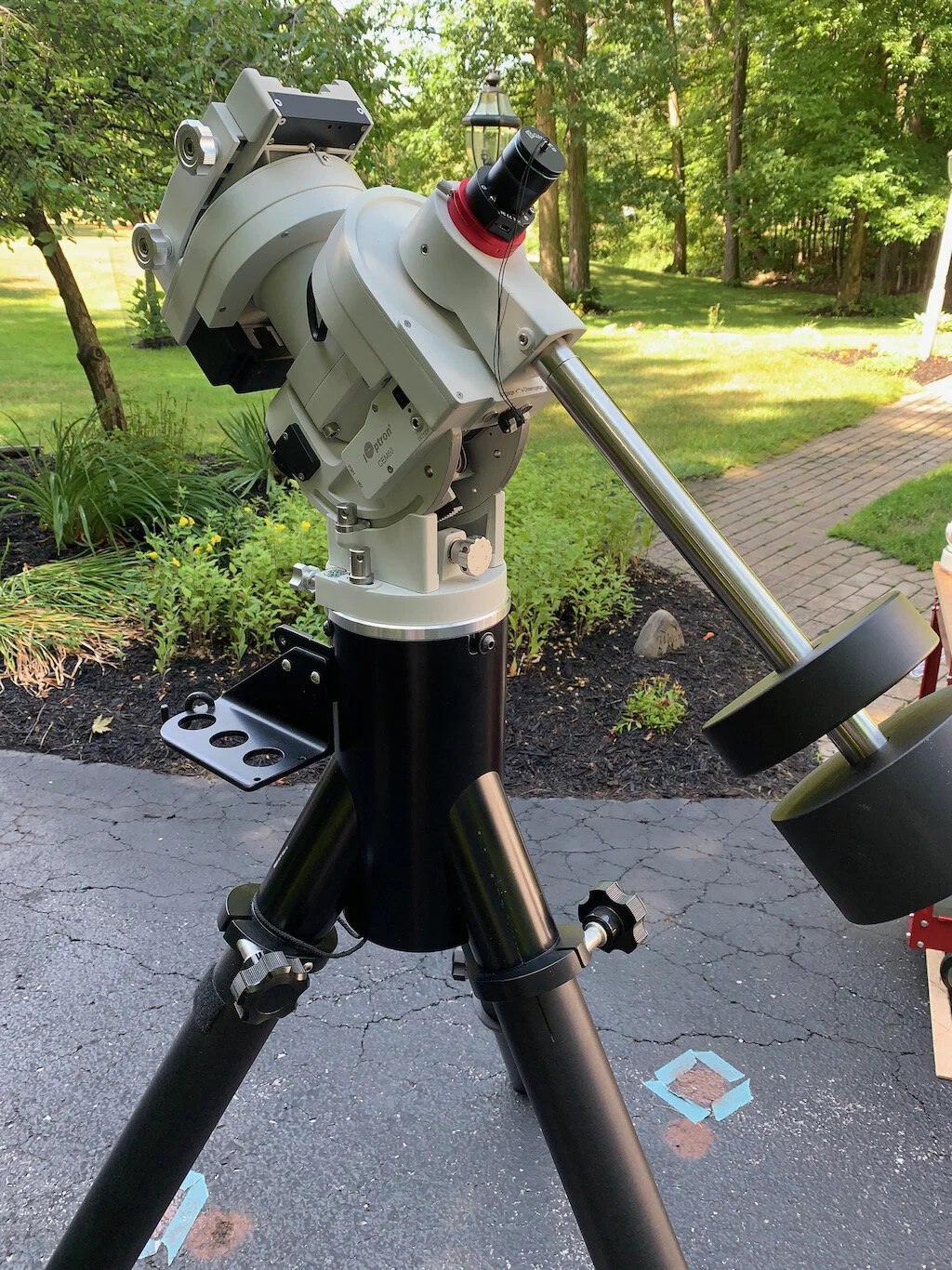AP130 Version 1.0: A Second Imaging Platform is Born!
Dates: July 15, 2020 - August 22, 2020
Getting the Second Platform Up and Running
Over the winter, I began to get things ready for the second platform. Clearly, I had some work to do. I needed to determine what I was going to do for a camera, and I needed to determine what to do to get the mount functioning at the precision needed.
The Camera
Let’s start with the camera. Up until then I had been using and learning with a very respectable One-Shot-Color (OSC) camera - the ZWO ASI294MC-Pro. Should I just get a second one? I thought about it and decided that I wanted the ability to challenge myself a bit more. So I started looking for a Mono camera with a filter wheel. A mono camera provides you with interesting opportunities. Since it has no Bayer matrix installed on the sensor, it gets all of its color information based on filters that you placed in front of it. So when you are taking an exposure - let’s say through the red filter, ALL of the pixels are gather red light. With an OSC, about only 25% of the sensor pixels are gathering red light - so there are some efficiencies with the mono system. You also have a lot of flexibility in your capture strategy. You can do LRGB capture, where most of the detail is gotten from the L filter, while the RGB filters provide color data. You can play games with taking a lot more L subs than color subs or even changing the binning so that the L subs are 1x1 and get peak detail, while the RGB can run at 2x2 binning so that you are integrating more light at the lower resolution - effectively having “larger” color pixels. Finally - you can use narrowband filters: typically Hydrogen-Alpha, Oxygen-III, and Sulfur-II. These filters are typically about 6nm wide in their cuts and are aligned with portions of the spectrum where these molecules emit light when excited by local stars. They can be amazingly effective to reject light pollution and bring in subtle details that cannot be easily picked up with broadband filters.
There is of course a downside to running a mono camera. To build a color image, you need a reasonably complete set of subs taken through the filters you are planning to use. You may not be able to do that in one evening - it might take several nights. The number of calibration frames is larger too. You basically need Flats and Dark-Flats for each filter used. This takes more time and eats up a lot more storage space. Finally - the processing is much more complicated. Each color filter has to be calibrated, registered, integrated, and then preprocessed to get a calibrated linear image. These can then be combined into a color image and completed. And let’s not forget that you need to buy a camera AND a filter wheel and these filters can be VERY expensive.
So - more cost, more hassle, more storage, more work - what not to love - right? Well you can do amazing things with a mono camera and those were things that I eventually wanted to learn - so the decision was made to buy a mono camera. I chose a ZWO ASI1600MM-Pro, along with a ZWO 8 slot filter wheel, and a complete set of ZWO 1.25 gen II filters for LRGB and Narrowband.
The Mount
The final adapter plate - a thing of beauty!
Despite making several attempts to solve the issues with the Losmandy mount, I was not making any progress. I don’t blame the mount - it is. A beautiful piece of machining. I am not very mechanically minded, and I did not really know how to address the problems I was seeing. I did know two things, though: 1) the IOptron CEM60 mount was working great for me, and I never had to baby it,l 2) Summer was around the corner, and I wanted to get the rig u and running, I talked to my wife and got permission to buy another Ioptron CEM60 mount so I could get up and running. I would deal with Losmandy mount at a later time.
So ordered another CEM60 mount and Tri-Pier. The mount was no problem and showed up within a week. However, the Tri-Pier was a real problem. It was out of stock everywhere! I put in backorder and was expecting to have to wait months to get one. Now what I was hoping for.
BUT - I did have the heavy-duty Losmandy Tripod - could I get an adapter plate that would let me mount the CEM60 on the Losmandy tripod while I waited for the Ioptron Tri-pier to arrive?
I started calling around and quickly discovered that there was no standard adapter plate that I could buy - it did not seem to exist. However, I found a small business that did some custom machining, and they were willing to make me such a plate. The price was not cheap but was very reasonable for the quality of the work done. Once I had the adapter, the platform was ready for assembly and setup.
It should be noted that the new CEM60 was ordered with the IPolar Polar Alignment Camera, and this mount was put on the WO132 Platform, and the old one was used here.
Other Parts of the System
I still needed to address the focusing motor, power distribution, USB distribution, and dew management to make this new platform work. However, I basically did the same thing I did on the other platform - so things should look familiar!
The adapter is not mated to the Losmandy Tripod.
The CEM60 is now mounted. Note the PoleMaster camera - this is the original CEM 60 - the new one was put on the WO132 Platform.
Current Configuration:
Scope: Astro-Physics 130mm F/8.35 Starfire APO built in 2003
Guide Scope: Televue TV76 F/6.3 480mm APO Dublet
Focus Motor: Pegasus Astro FOcus Cube 2 - new
Mount: IOptron CEM60 - new
Tripod: Losmandy Fixed Tripod
Main Camera: ZWO ASI1600MM-Pro - new
Filter Wheel: ZWO EFW 8x31 - new
Filters: ZWO Gen II LRGB and Narrowband Set - new
Guide Camera: ZWO ASI290MM-Mini - new
Power Dist: Pegasus Astro Pocket Powerbox - new
USB Dist: Startech 7 slot USB 3.0 Hub - new




